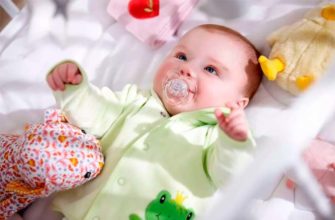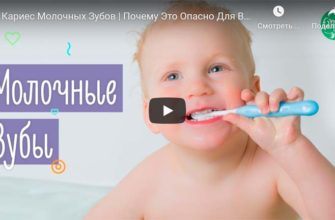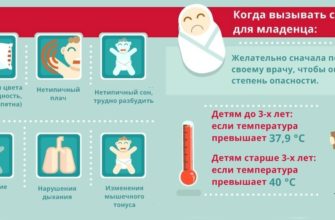Moms of newborn children are always very suspicious and anxious. The physiological characteristics of babies sometimes introduce parents into a stupor and make them worry about any reason. Such features include infant fontanels. They are always objects of increased parental attention and are shrouded in myths.

Really dangerous
Situations when you really need to worry about the fontanels are not many. First case - dropping of the fontanel. This symptom indicates dehydration of the child's body.
Second case - it is, on the contrary, bulging and strong pulsation of the fontanel. This is a symptom of increased intracranial pressure, which may be due to neuroinfections (meningitis, encephalitis).
In both cases, the child must be shown to the doctor. The remaining manifestations of fontanelles are not dangerous, that is, in fact, all the “horror stories” around them are far-fetched. Consider the most common fontanelles myths.
Myths
- In the place of the fontanel, the child’s brain is protected only by a thin skin, which can be easily damaged and thereby cause serious injury to the baby. In fact, the fontanel is protected by a very strong fibrous tissue, which cannot be damaged by a comb or touch. Touching the fontanel during hygiene procedures or just in moments of tenderness is completely safe.
- The fontanel must be observed, measured, and taken care of in a special way. There is no point in this. Given that the first year you need to visit the pediatrician on a monthly basis, a doctor’s examination is more than enough. If the doctor finds any abnormalities, a neurologist examination and consultation will be prescribed. In some cases, the pediatrician may recommend that mom monitor the change in fontanel size.
- The imminent closure of the large fontanel is a sign of deviations. In the quick closure of the fontanel, the mother is frightened by the misconception that the bones of the skull harden completely and interfere with the normal growth and development of the brain. In fact, the skull continues to grow due to the elongation of the seams between the bones, closing the fontanel does not affect the development of the brain and the ability of the little man.
- Large fontanel - sign of rickets. The size of the fontanel is in no way associated with rickets. Rickets are characterized by completely different symptoms (sweating, irritability, sleep disturbance), and in any case, the doctor should make a diagnosis based on the results of the tests. By the way, some time after the birth, the mother may notice that the fontanel has become larger than at birth. This is a normal physiological phenomenon: during childbirth, the head contracts slightly to pass through the birth canal, and after birth, the bones diverge again.
- With a small fontanel, you do not need to take calcium and vitamin D preparations. This error is connected with the previous one, because it is based on a fictitious connection of the closing speed and size of the fontanel with calcium and vitamin D. In fact, the content of these substances in the body does not affect the condition of the fontanel.Vitamin D and calcium are given to all children to improve bone formation.
- If the babies are the same age, fontanelles are of different sizes - one of them has problems. The norm option provides for fontanel sizes in the range from 2.2 cm to 3.5, so it is not advisable to compare babies by this parameter.
[sc: rsa]
As you can see, in most cases there is really nothing to fear. It is best for a young mother to know when to sound the alarm, and for the rest, focus on caring for the baby and her own rest, entrusting the baby's health to doctors.
Watch a video about the fontanel:









The fontanel is very important. Thanks to him, you can make an ultrasound of the brain. This is an important examination in the first year of life: if there are any abnormalities, then they can be corrected at the initial stage.
At first they themselves were afraid while the son was small. We were very afraid to hurt the fontanels. The first month of the child, grandparents bathed the first month, and we watched and studied. Then they began to bathe themselves a little. And soon they completely ceased to be afraid and themselves managed completely. Do not worry much and be afraid, just carefully act and observe.
Still, it is very dangerous to put pressure on the fontanel, so it’s better to touch it less. Although there is dense fabric, it is possible to accidentally hook a child, because he twitches at the slightest touch. Of course, there are enough medical examinations, but you don’t sit all day with a doctor.